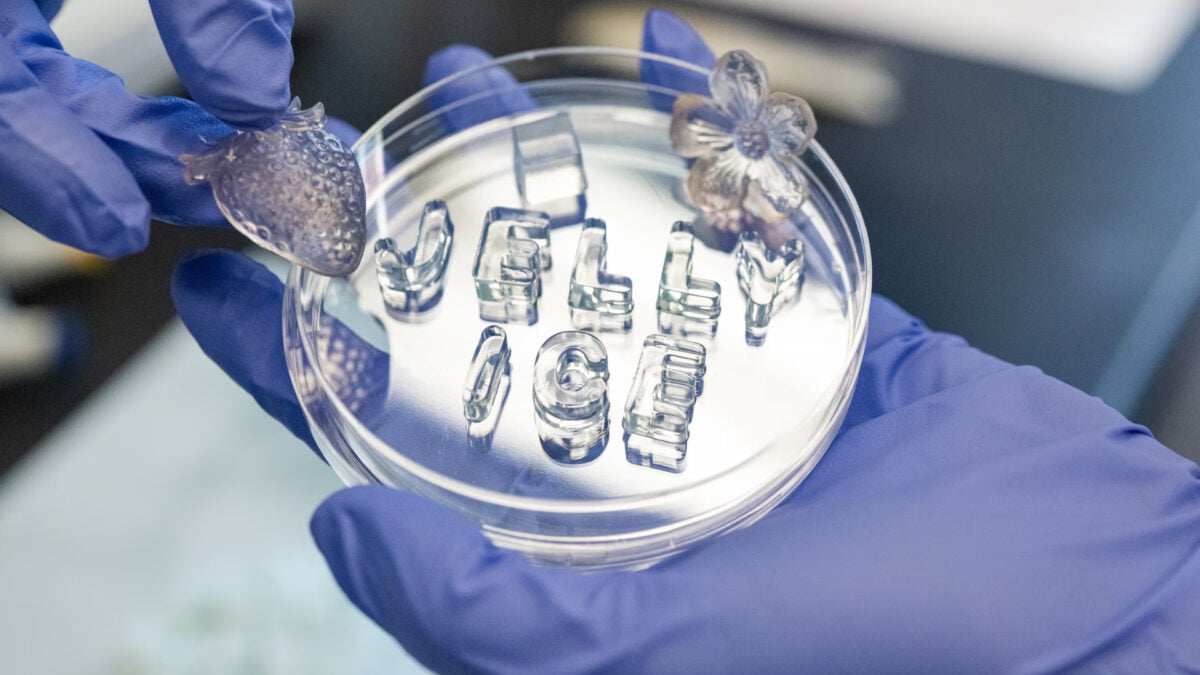'Jelly Ice' Inspired by Tofu Never Melts

Jelly ice is cold but never melts. Jelly ice is jiggly and reusable. Jelly ice is real, and scientists want to bring it to a store near you.
In a presentation for ACS Fall 2025, researchers at the University of California (UC), Davis, introduced “jelly ice,” a gelatin-based hydrogel that freezes and thaws without making a watery mess. Everything about jelly ice sounds like something straight from a child’s imagination: edible, reusable, compostable, and squishy.
But jelly ice is definitely real, crafted using advanced techniques in material science. Initially developed for food preservation purposes, jelly ice could have a wide range of applications across shipping, biotechnology, and wherever there’s a need for this alternative form of ice.
[embed]https://www.youtube.com/watch?v=qXofDLPriwg[/embed]
The inspiration for jelly ice began at a grocery store. The researchers were concerned about the hygiene of seafood display cases, where meltwater was pooling up from the ice stored inside to keep the food cool. While brainstorming solutions, they drew inspiration from frozen tofu, which stores water while frozen but releases it completely when thawed.
Back at the lab, and after considerable trial and error, the team fabricated a gelatin structure that held on to water regardless of any phase change. The recipe took several years to perfect, but the team now possesses a “practical, one-step process jelly ice that’s 90% water and can be repeatedly washed with water or diluted bleach, frozen, and thawed,” the authors explained in a statement. Below water’s freezing point, jelly ice transforms into a more solid state that resembles ordinary ice.
“Compared to regular ice of the same shape and size, jelly ice has up to 80% of the cooling efficiency—the amount of heat the gel can absorb through phase change,” said Jiahan Zou, a postdoctoral student at UC Davis, in the statement. “And we can reuse the material and maintain the heat absorbance across multiple freeze-thaw cycles, so that’s an advantage compared to regular ice.”
All that said, there are “still some steps in market analysis, product design, and large-scale production tests” before jelly ice will appear in a store near you, Zou said. In any case, jelly ice opens the door to exploring other plant proteins—like soybeans—for creating sustainable materials.
“In my research, I realized how powerful mother nature is in designing biopolymers and the vast possibilities they offer,” she added. “I believe there will be amazing products derived from biopolymers, as the materials themselves are teaching us how to work with them.”









